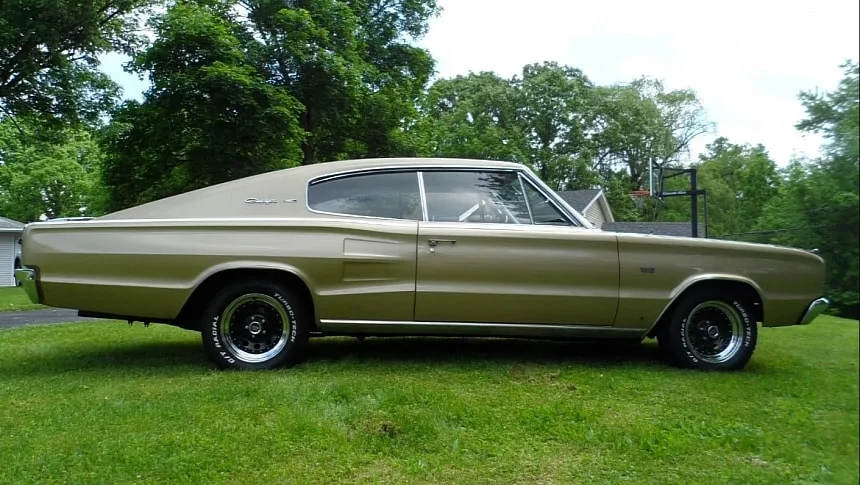
Comparison of Dodge Challenger and Dodge Charger
The Dodge Challenger and Dodge Charger are popular muscle cars with a shared 90s Mercedes-Benz platform. The Charger is a four-door car with larger interior area, but the Challenger is a two-door car.
The Charger is longer and has more interior room, but the Challenger is less spacious and has a wider trunk opening. The Challenger is also available with all-wheel drive in some trims, but only the Charger SXT gets AWD.
Consumer Reports found the Challenger more reliable than the Charger, possibly due to the larger vehicle’s increased use and abuse.
Charger and Challenger Performance and Cost Analysis
The Charger’s appeal lies in its combination of four doors and high-powered engines, with the 707-hp Charger Hellcat Widebody being the fastest production sedan.
However, the Dodge Challenger has the advantage in terms of seating, performance, and performance. The Challenger Hellcat has more supportive seats and a manual transmission, while the Charger Hellcat Redeye Widebody has 797 hp.
When it comes to overall price, the Dodge Charger is slightly pricier than the Challenger. The choice between the two depends on the car’s use case, with the Challenger being more practical and the Charger being more affordable.
Resurrection and Future of the Dodge Challenger and Dodge Charger

Dodge brought back the classic muscle cars, the Challenger and Charger, in 2008. The design was inspired by the original 1969 models.
The Charger, built in Toronto, has become an empty spur to nowhere, free from traffic. The modern V8-powered Challenger has reached its own vanishing point, and the formerly closely related Dodge Charger will continue as either an electric car or powered by a twin-turbocharged straight-six petrol engine.
The vehicle will come in saloon or coupe options, assuming the role of the two-door muscle car previously held by the Challenger. However, the Challenger’s six-speed manual is still attached to the car, and the road through British Columbia’s Fraser Valley is empty. The future calls, but first, a powerful journey back in time.
Characteristics of the Challenger Hellcat
The Challenger Hellcat is a powerful and well-crafted car that combines the power of a steakhouse with the handling of a bistro. Its massive weight and well-weighted suspension make it a standout in the automotive world.
The six-speed manual transmission lacks feedback, but the eight-speed automatic is more suitable for the vehicle’s personality. The Challenger Hellcat is a professional wrestler with a steering wheel, displaying grace and grip that sets it apart from other supercars.
Hellcat Engine and Its Cultural Impact
The Hellcat engine, introduced a decade ago for both the Challenger and Charger, replaced the potent 6.4-litre V8 with a supercharged 6.2-litre engine, producing a ludicrous 697bhp.
Despite being assembled in a Canadian plant, the Hellcat has become an American icon due to its unflinching straight-line speed and cultural icon status. This car is much more prone to theft compared to other vehicles in the US and is a common subject in contemporary rap songs.
The vehicle is often used as the main attraction in illegal street performances, causing disruptions and showcasing risky maneuvers to spectators. Even with its rebellious reputation, the Challenger Hellcat still exudes charm and is unmatched for the classic American road trip experience of traveling across the country on the interstate.
Historical Overview of the 1967 Dodge Charger

The 1967 Dodge Charger, a midsize car, was a success in 1966, selling 37,344 units in its first year. However, sales dropped to 15,788 in 1968, leading to a more mainstream approach. The car is famous for being showcased at sideshows, where spectators block off streets to watch drivers execute risky maneuvers.
The original fastback version was a two-year affair, and this 1967 example is a lucky classic with a numbers-matching drivetrain. The original owner chose the four-barrel 383-cubic-inch V8 and three-speed automatic transmission, which was the most popular engine option that year.
The 1967 383 four-barrel automatic is far smaller than its 1966 version, which was sold in 9,519 automobiles. The car’s interior has been replaced in the original ZZ1 Gold Metallic color, and the cabin is completely black. The engine works properly, however there is an air leak. Despite this, the 1967 Charger is in near-perfect condition and could be a factory-spec restoration.
Lucky Khan specializes in event and incident coverage, bringing his keen insights and comprehensive reporting to the forefront. With a knack for capturing the essence of major happenings, Lucky keeps his readers informed and engaged with the latest updates.
- No Comments
- June 1, 2024
